The 1952 and 1960 Summer Olympics: Shooting Events and Cold War Context
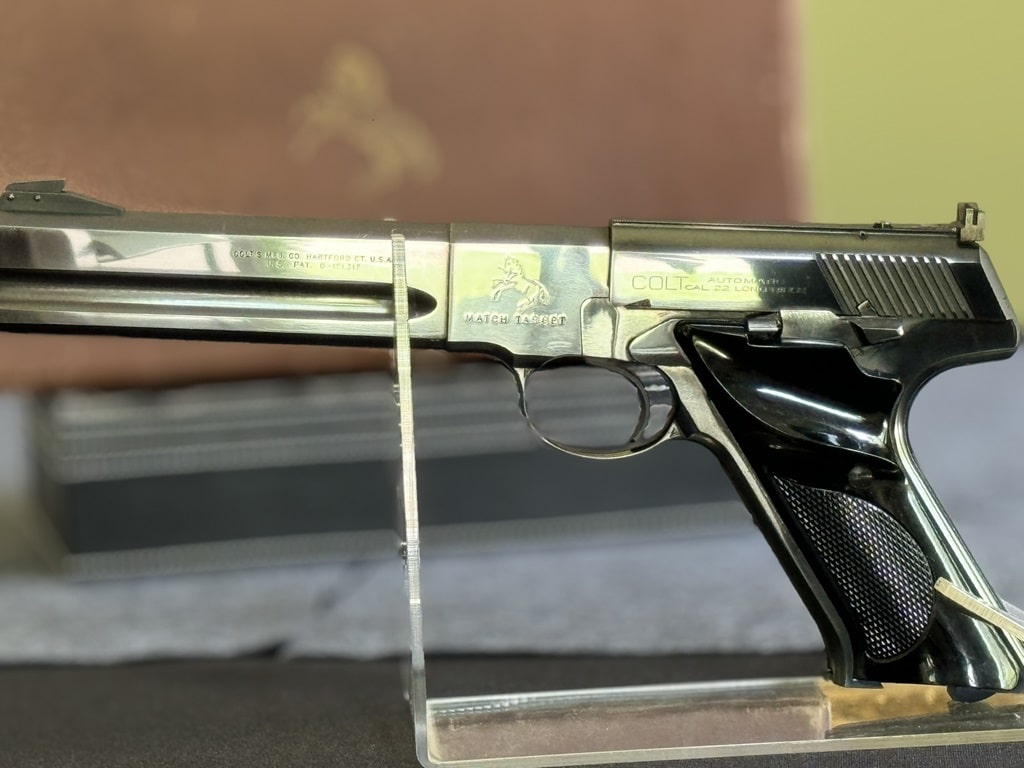
The 1952 Summer Olympics in Helsinki: A Historic Overview of the Shooting Competitions
The 1952 Summer Olympics, held in Helsinki, Finland, marked a significant moment in the history of the Games. These Olympics were the first to be held after World War II, allowing athletes from around the world to come together in a spirit of peace and competition. Among the many events, the shooting competitions stood out, not only for the remarkable performances of the athletes but also for the underlying political tensions of the Cold War that were beginning to shape international sports.
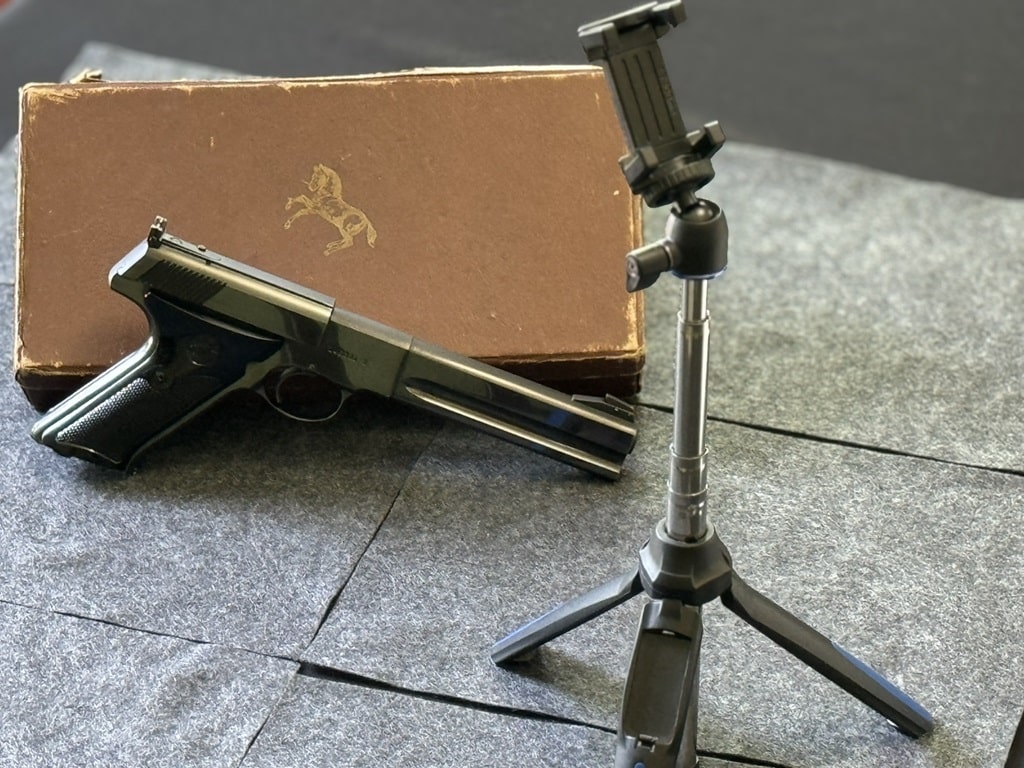
The Shooting Events: Precision and Skill on Display
Joe Benner: A Golden Triumph in Pistol Shooting
Joe Benner, representing the United States, delivered a standout performance in the men's 25 meter rapid fire pistol event. Born in 1919, Benner had a background in the military, serving as a captain in the U.S. Army. His military training undoubtedly contributed to his exceptional marksmanship and composure under pressure.
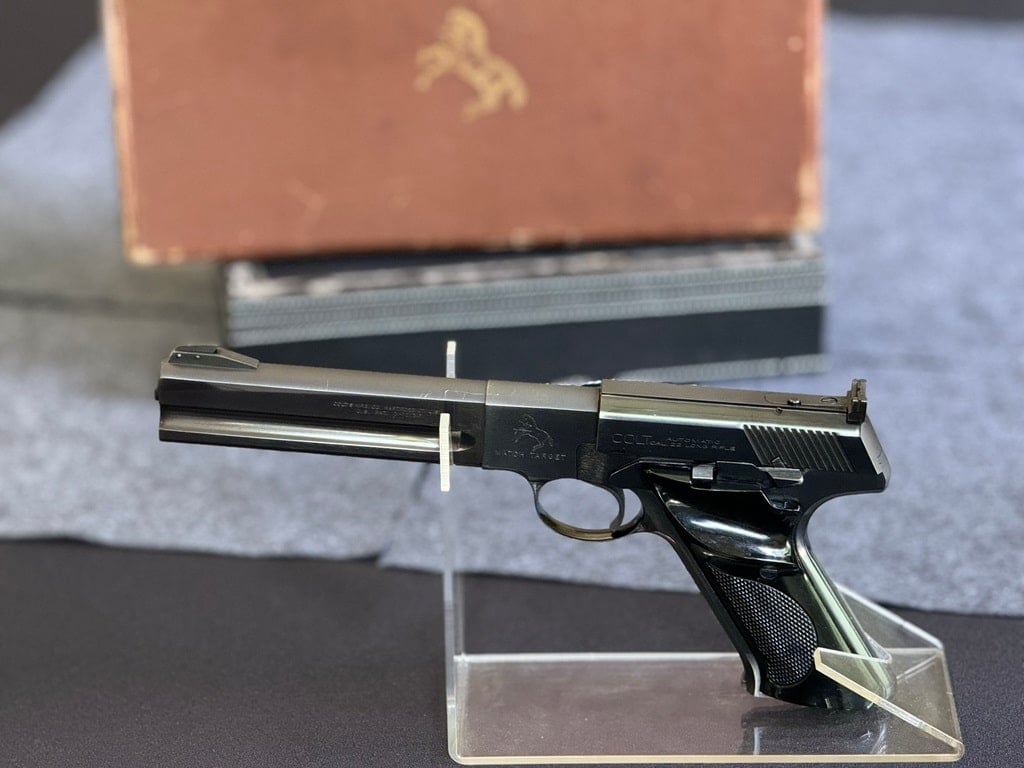
In Helsinki, Benner's precision and steadiness earned him the gold medal, making him a celebrated figure in American sports. His victory was not just a personal triumph but also a symbolic win for the United States during a time when the Cold War was intensifying. The success of athletes like Benner was seen as a testament to the strength and superiority of American training and discipline.
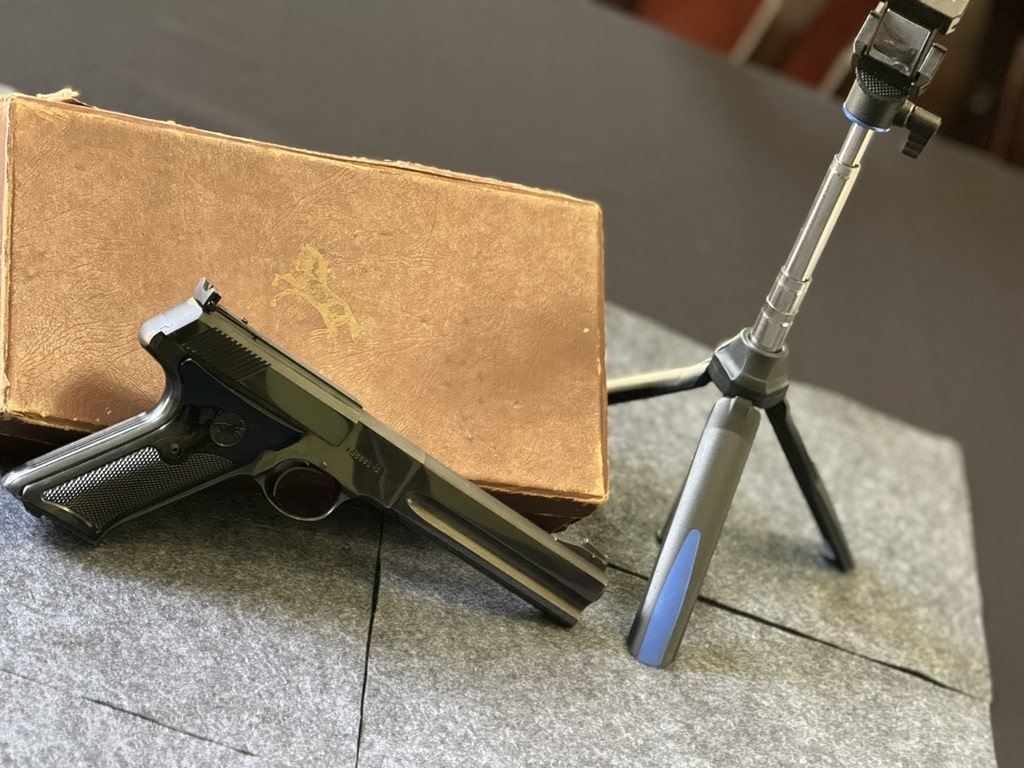
Arthur Jackson: From the Podium to the CIA
Another notable American shooter at the Helsinki Games was Arthur Jackson, who competed in the men's 50 meter rifle prone position. Born in 1918, Jackson had a remarkable career, not only in sports but also in service to his country. He secured the bronze medal in Helsinki, adding to the United States' impressive medal tally in shooting events.
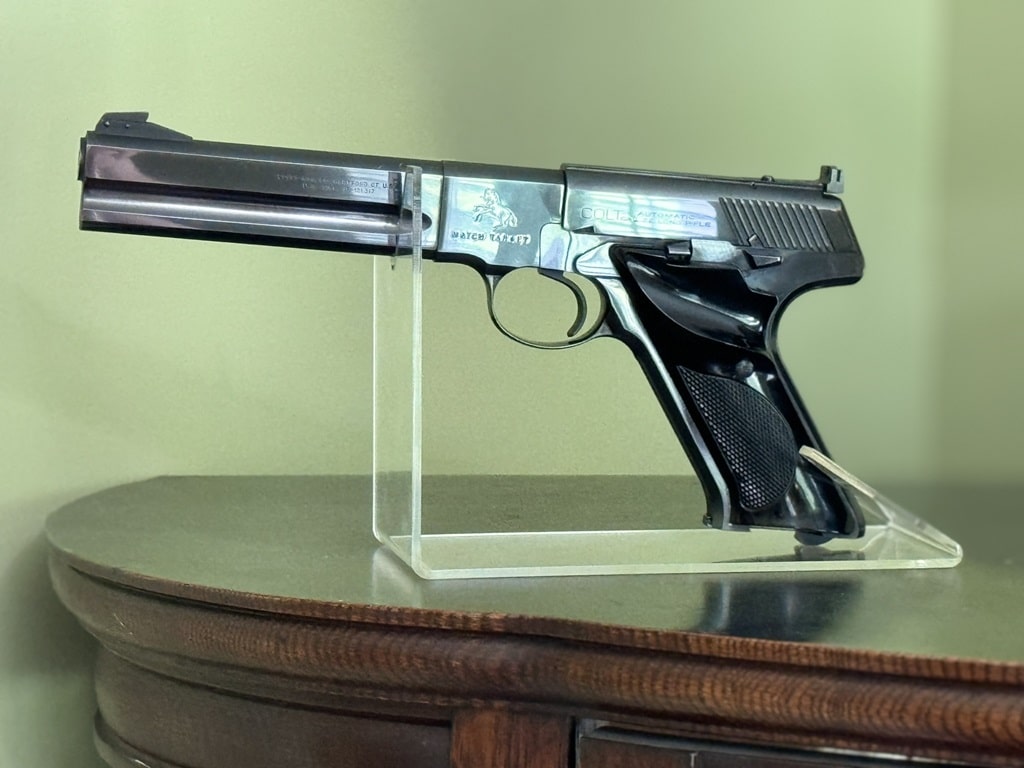
Jackson's journey, however, extended beyond the Olympic podium. After his athletic career, he became involved with the Central Intelligence Agency (CIA), leveraging his skills and discipline in service to national security. His transition from sports to intelligence work highlights the multifaceted lives of athletes, particularly during a time when international tensions required diverse forms of expertise and service.
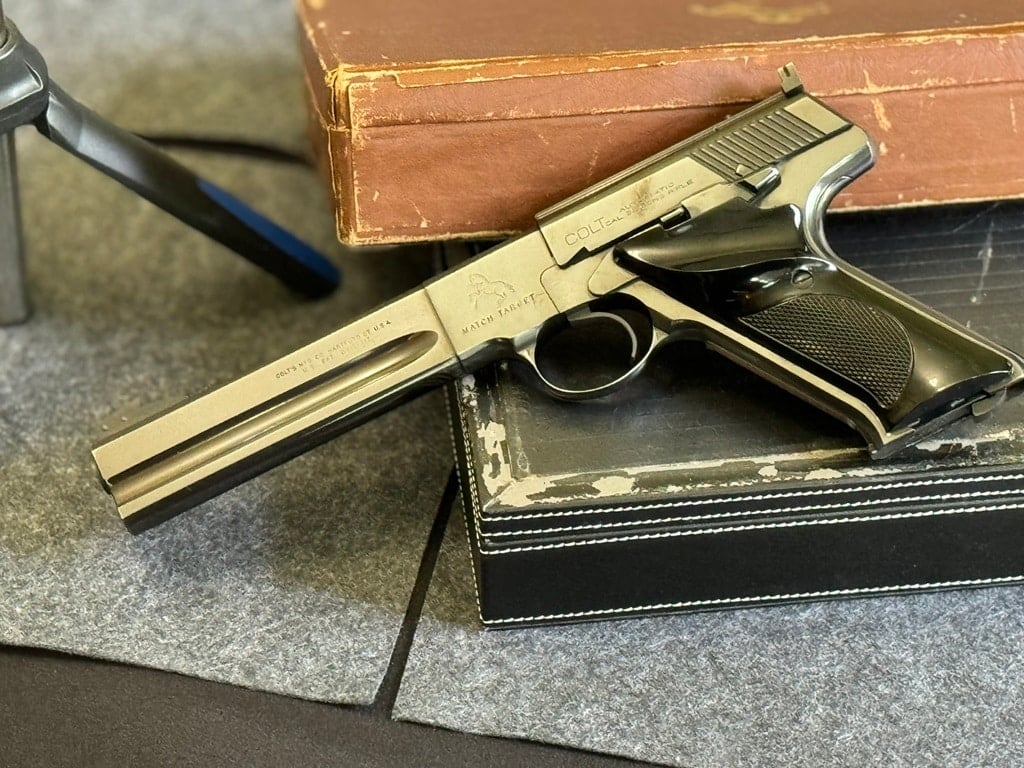
The Cold War Context: Sports as a Battleground
The 1952 Olympics took place during the early years of the Cold War, a period characterized by intense rivalry between the United States and the Soviet Union. This rivalry extended beyond politics and military might, permeating cultural and sporting arenas as well. The Olympics became a stage where the superpowers could demonstrate their superiority and ideological dominance.
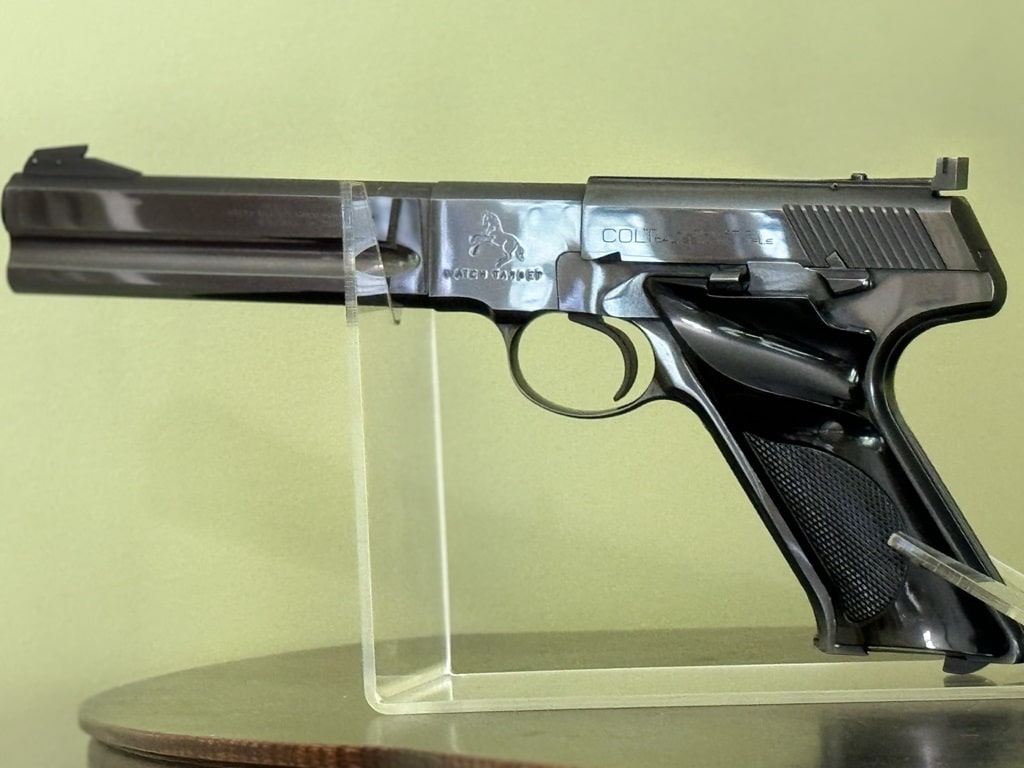
For the United States, victories in events like shooting were not just about medals; they were about showcasing the effectiveness of their training programs, the physical and mental prowess of their athletes, and by extension, the superiority of their way of life. Joe Benner and Arthur Jackson's achievements were thus celebrated not just as individual victories but as symbolic wins in the broader Cold War context.
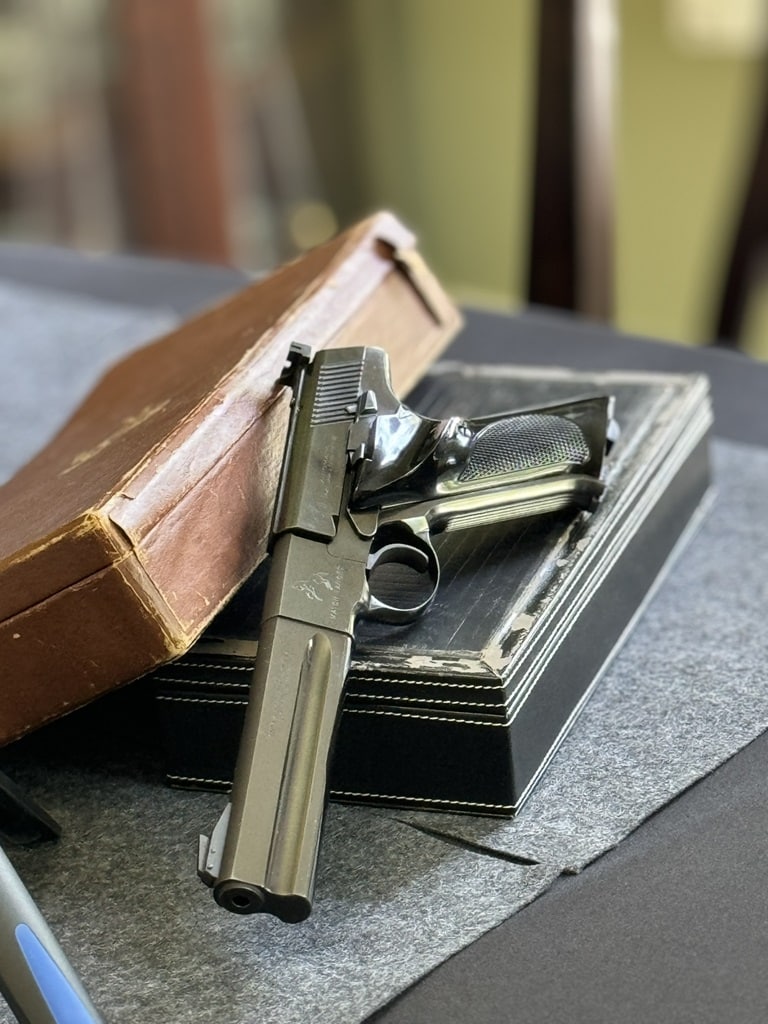
Arthur Jackson's Career with the CIA
Arthur Jackson's post-Olympic career with the CIA is a fascinating chapter in his life. After winning the bronze medal in 1952, Jackson continued to serve his country in various capacities. His skills as a marksman and his disciplined approach were assets in his intelligence work. While specific details of his activities with the CIA remain classified, it is known that Jackson's role involved applying his expertise in situations that required precision and strategic thinking.
Jackson's transition from sports to intelligence is emblematic of the broader trend during the Cold War, where individuals with specialized skills were often recruited into national security roles. His career reflects the interconnectedness of sports, military service, and intelligence work during a time when the lines between these fields were often blurred by the demands of international politics and security.
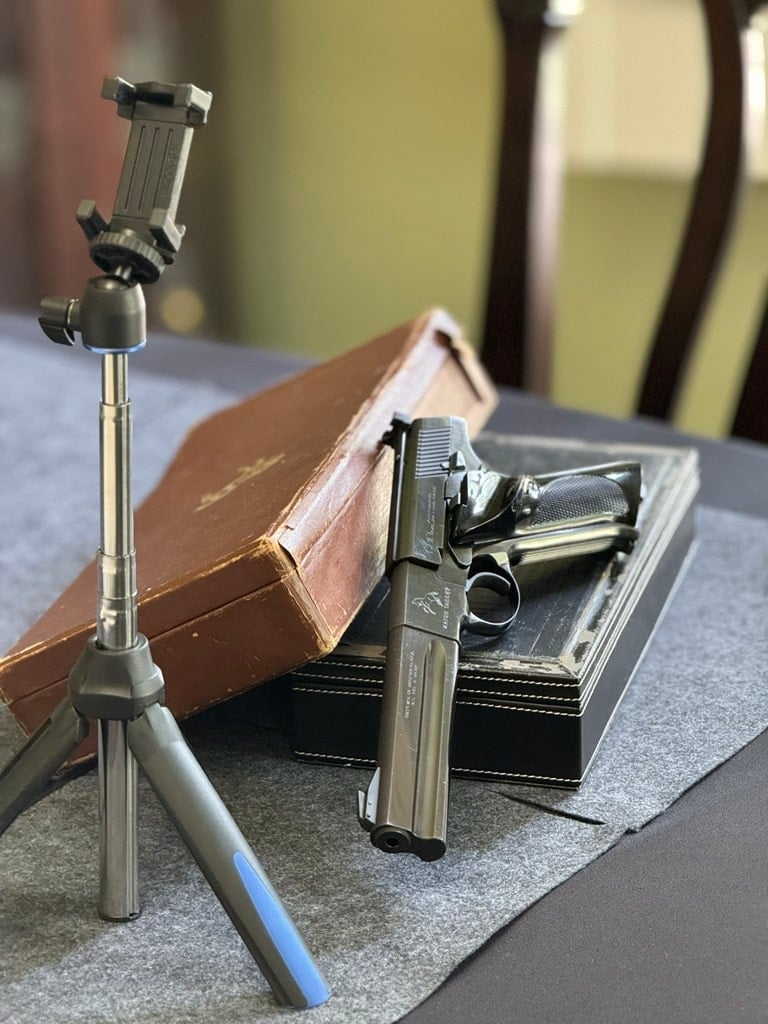
The 1960 Summer Olympics in Rome: A New Chapter in Shooting Sports
Fast forward to the 1960 Summer Olympics in Rome, and the United States continued to demonstrate its prowess in shooting sports. William McMillan emerged as a key figure, winning the gold medal in the men's 25 meter rapid fire pistol event, the same event in which Joe Benner had triumphed eight years earlier. Between 1952 and 1976, McMillan competed in the 25 m rapid fire pistol event in six Olympics, missing only the 1956 Games due to malfunctioning of his Colt Woodsman during the US trials.

William McMillan: Continuing the Legacy
William McMillan's victory in Rome was a continuation of the legacy established by earlier American shooters. Born in 1929, McMillan had a distinguished career in the U.S. Marine Corps, where he honed his shooting skills. His military background, similar to that of Joe Benner, played a crucial role in his success.
McMillan's gold medal win was a testament to his exceptional talent and the rigorous training programs of the U.S. military. It also served as a reminder of the enduring competitive spirit of American athletes in the face of international challenges. His victory was celebrated as another symbolic win during the Cold War, reinforcing the narrative of American excellence.
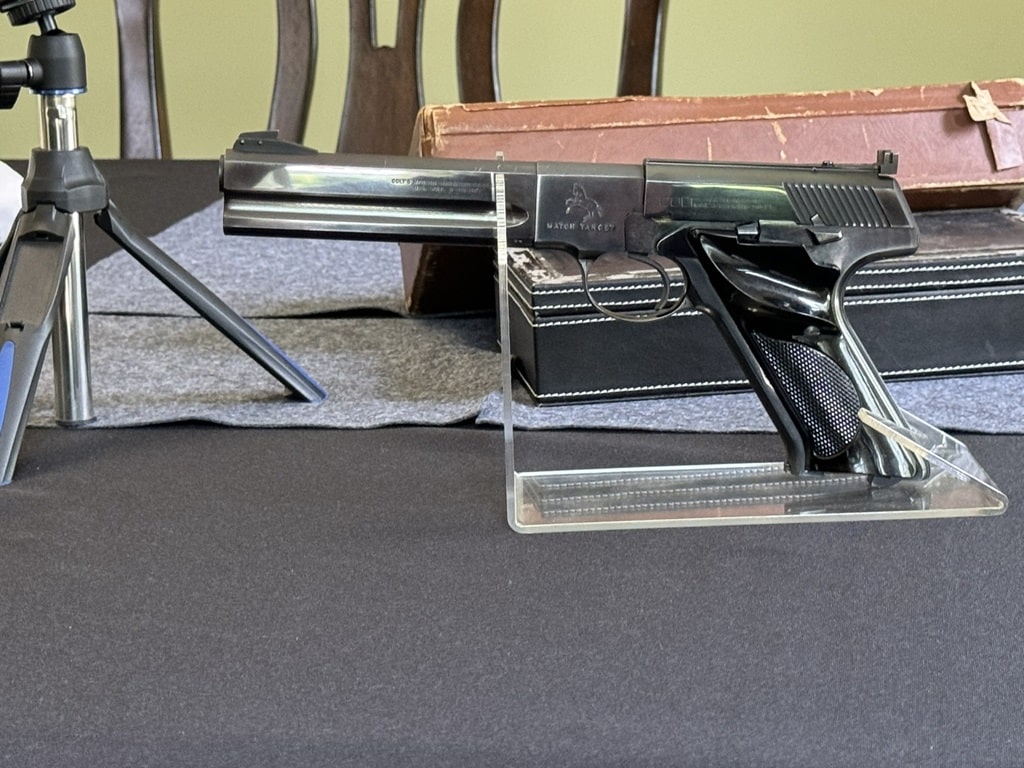
Conclusion: The Lasting Impact of the 1952 and 1960 Olympics
The shooting events at the 1952 Helsinki Olympics and the 1960 Rome Olympics were more than just sporting competitions; they were arenas where broader geopolitical narratives played out. Athletes like Joe Benner, Arthur Jackson, and William McMillan exemplified the dedication, precision, and competitive spirit that defined their era.
Their achievements were celebrated not only for their sporting excellence but also for their symbolic significance during a time of intense international rivalry. The legacy of these athletes continues to inspire future generations, highlighting the enduring connection between sports, national pride, and international politics.
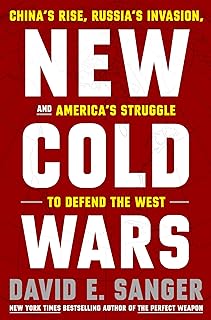
New Cold Wars—the latest from the Pulitzer Prize–winning journalist and bestselling author of The Perfect Weapon David E. Sanger—is a fast-paced account of America’s plunge into simultaneous confrontations with two very different adversaries. For years, the United States was confident that the newly democratic Russia and increasingly wealthy China could be lured into a Western-led order that promised prosperity and relative peace—so long as they agreed to Washington’s terms. By the time America emerged from the age of terrorism, it was clear that this had been a fantasy.
Now the three powers are engaged in a high-stakes struggle for military, economic, political, and technological supremacy, with nations around the world pressured to take sides. Yet all three are discovering that they are maneuvering for influence in a far more turbulent world than they imagined.
Based on a remarkable array of interviews with top officials from five presidential administrations, U.S. intelligence agencies, foreign governments, and tech companies, Sanger unfolds a riveting narrative spun around the era’s critical questions: Will the mistakes Putin made in his invasion of Ukraine prove his undoing and will he reach for his nuclear arsenal—or will the West’s famously short attention span signal Kyiv’s doom? Will Xi invade Taiwan? Will both men deepen their partnership to undercut America’s dominance? And can a politically dysfunctional America still lead the world?
Taking readers from the battlefields of Ukraine—where trench warfare and cyberwarfare are interwoven—to the Taiwan headquarters where the world’s most advanced computer chips are produced and on to tense debates in the White House Situation Room, New Cold Wars is a remarkable first-draft history chronicling America’s return to superpower conflict, the choices that lie ahead, and what is at stake for the United States and the world.
